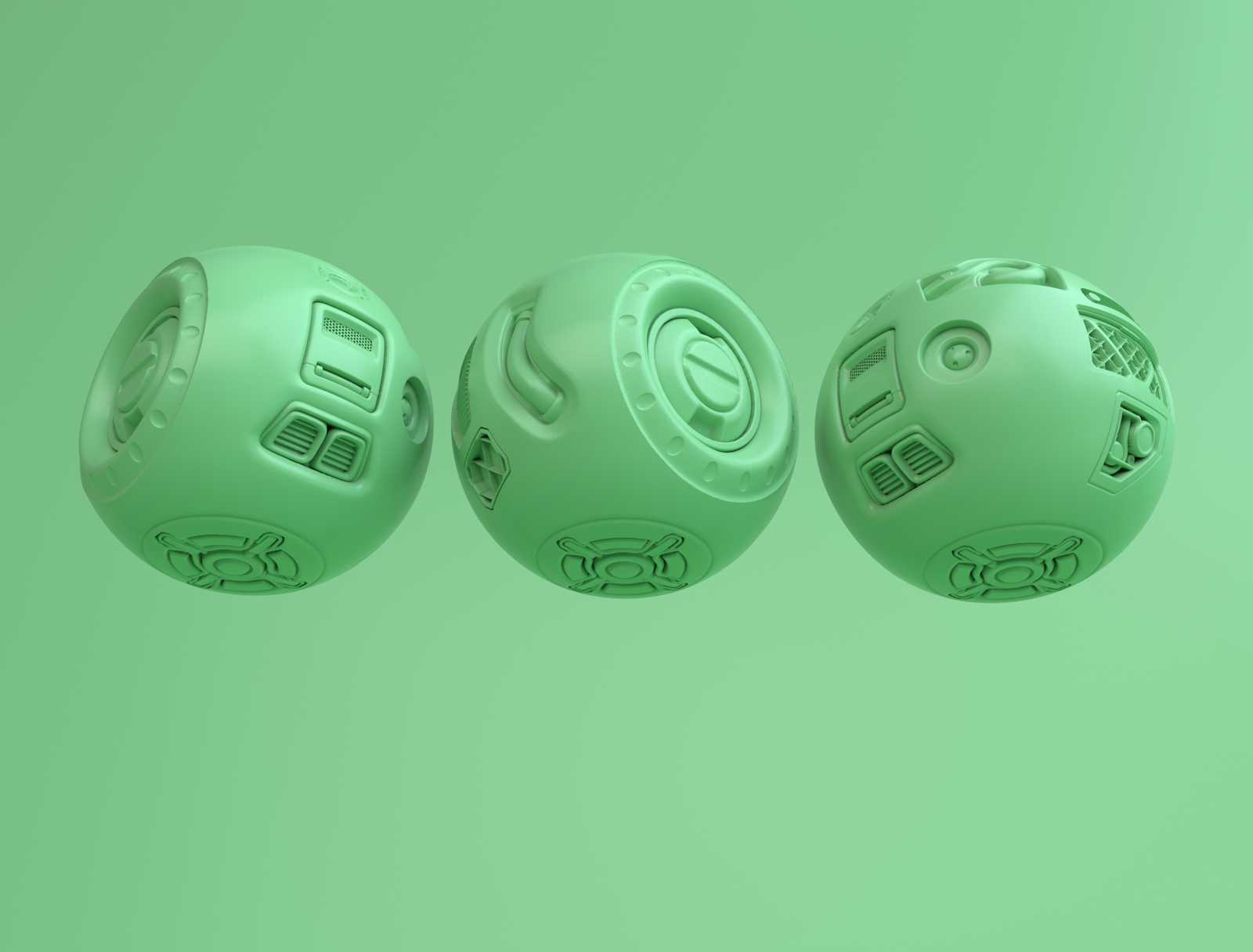Product life cycle in view.
 Oyebimpe Akinlabi
Oyebimpe Akinlabi
Here's a summary of the different stages of a product life cycle, starting from ideation:
1. Ideation: Some products are started as a means of solving a prevailing problem in the society. Some are born out of luxury or to Stand out. All products must have a need that they are satisfying.
Purpose: This is where the product idea is born.
Activities: Brainstorming, market research, identifying customer pain points, and analyzing competition. At this stage, you define the problem your product will solve.
2. Concept Development: the idea will now be turned into something workable or worth inventing.
Purpose: Turn the idea into a tangible concept.
Activities: Defining product features, creating sketches or wireframes, and outlining the product's value proposition. You also assess technical feasibility and potential market fit.
3. Prototyping:a smallest version of what the product is will be created here. The product will at a minimal level has a problem that it is solving. It can be use at this stage.
Purpose: Create an early version of the product to test assumptions.
Activities: Building a minimum viable product (MVP), rapid prototyping, testing design, and functionality. This is usually where user feedback is collected to refine the product.
4. Product Development:the work of the developers is actively engaged. There is active building of the product.
Purpose: Develop the product based on prototypes and feedback.
Activities: Full-scale product design, coding, testing, and development of all features. Collaboration between design, engineering, and other departments is crucial here.
5. Testing and Validation: The product is being used as an attempt to find out the efficiency and effectiveness.
Purpose: Ensure the product meets quality and user requirements.
Activities: Conduct usability testing, quality assurance (QA), beta testing, and gather customer feedback to fine-tune the product before launch.
6. Launch:At this stage the product is made available to the target users. It is in the market and people can buy to use it.
Purpose: Introduce the product to the market.
Activities: Marketing campaigns, public relations (PR), product release, and onboarding users. This stage often includes a go-to-market strategy that defines how to reach target customers.
7. Growth and Scale: Different KPI's are being used at this stage to find out the growth and scalabiliyy of the product.
Purpose: Expand product reach and user base.
Activities: Monitoring user adoption, adding new features, scaling infrastructure, and optimizing for efficiency. This stage focuses on increasing market share and enhancing the product's capabilities.
8. Maturity: This is the apex where revenue out performed the cost and without less marketing the engagement by the users does not decline.
Purpose: Maximize profitability and sustain market position.
Activities: Continue adding incremental improvements and features, managing a stable customer base, and optimizing costs. Competitors might start emerging, so maintaining a competitive edge is key.
9. Decline or Revamp: Competitors actions May cause a drop in the engagementby the target audience. Hence, there is the need for constant revamp and introducing new and better features of the product.
Purpose: Manage product phase-out or reinvention.
Activities: As the product loses market relevance or hits a saturation point, decide whether to discontinue it or introduce a revamp with new features or rebranding to reinvigorate interest.
These stages help manage the product's lifecycle from conception to retirement, ensuring that it delivers value at each phase.
Note: Maintaining product relevance to the target user is the key for a successful product.
Subscribe to my newsletter
Read articles from Oyebimpe Akinlabi directly inside your inbox. Subscribe to the newsletter, and don't miss out.
Written by
